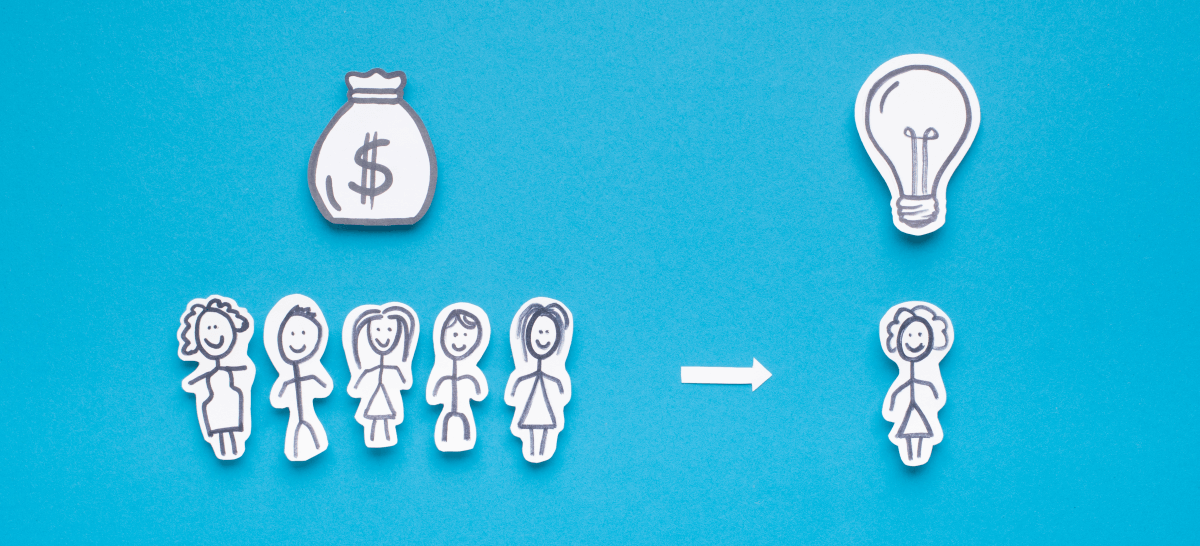Single Touch Payroll (STP) Phase 2 Reporting started on 1 January 2022 and is now truly underway. According to the Australian Taxation Office (ATO) so far, more than 200,000 employers have started reporting STP Phase 2 information for over 3 million individuals.
The ATO is addressing a few most common mistakes they are seeing in employers’ STP Phase 2 Reporting.
What is a Single Touch Payroll (STP) Phase 2?
The expansion of STP, also known as STP Phase 2, will reduce reporting burden for employers who need to report information about their employees to multiple government agencies. It will also help Services Australia’s customers, who may be your employees, get the right payment at the right time.
Related: Changes To Single Touch Payroll Reporting from 1 July 2021 for Small and Micro Employers
Benefits of STP Phase 2
Benefits for employers
The ATO will use the STP Phase 2 information to streamline employer interactions. For example:
- You'll no longer have to send your employees' TFN declarations. Your employees will provide it to you, and you'll need to keep it with your employee records.
- If you're using a concessional reporting option, such as for closely held payees or for inbound assignees, you'll be able to tell the ATO through reporting income types.
- If you make a Lump Sum E payment, you won't need to provide Lump Sum E letters to your employees. You'll have included the amount and the period it relates to.
- If you change software or your employee’s payroll ID, you can tell the ATO in your STP report if your solution has this functionality. This will help fix issues with duplicate income statements for employees in ATO online services through myGov.
Here are 3 common mistakes employers make as they move to STP Phase 2 Reporting:
- #1 Re-mapping pay codes or categories incorrectly
Make sure you check if you have pay codes for items you need to itemise separately, such as bonuses, commissions and overtime. - #2 Continuity of year-to-date (YTD) reporting
If the solution you use requires you to input your existing YTD amounts manually, make sure you bring over all the required amounts. - #3 Incorrectly categorising allowances
You need to report all allowances separately in your STP Phase 2 Reporting; this includes 8 allowance categories and one for ‘other allowances’. Only report an amount as an ‘other allowance’ if it doesn’t fit into one of the 8 categories.
There are a range of STP resources available on the ATO website to help you with your STP Phase 2 Reporting.
Outsourcing your Payroll
If you are considering outsourcing your payroll, feel free to contact us. We are here to offer you a professional service that will free up your time and money. Our team of fully qualified accounting professionals use best practice accounting standards to integrate every aspect of the payroll process into your business, simplifying your payroll model, providing you with immediate reporting and ensuring compliance with regulatory bodies.
Related: A Guide to Outsourcing your Accounting and Payroll
Have you noticed our #FridayExpertTips... here's one that relates to #Payroll
“There are a lot of rules and government requirements around Payroll. The more employees you have, the more complex your payroll usually becomes. Outsourcing your payroll to a professional service firm may give you peace of mind."
This article is intended to provide general information only, and is not to be regarded as legal or financial advice. The content is based on current facts, circumstances, and assumptions, and its accuracy may be affected by changes in laws, regulations, or market conditions. Accordingly, neither Azure Group Pty Ltd nor any member or employee of Azure Group or associated entities, undertakes responsibility arising in any way whatsoever to any persons in respect of this alert or any error or omissions herein, arising through negligence or otherwise howsoever caused. Readers are advised to consult with qualified professionals for advice specific to their situation before taking any action.







Comment